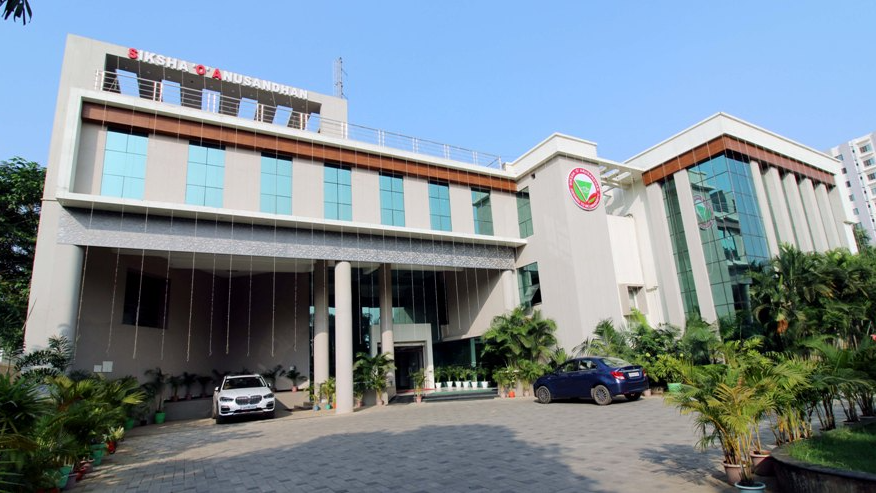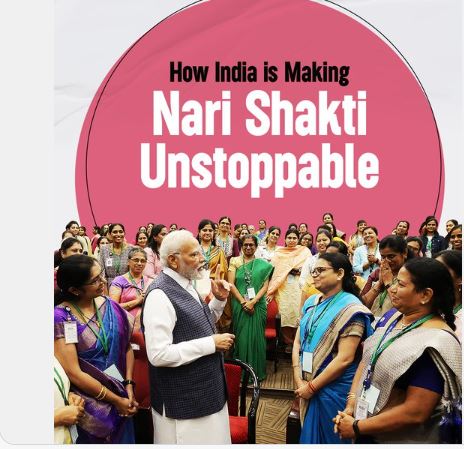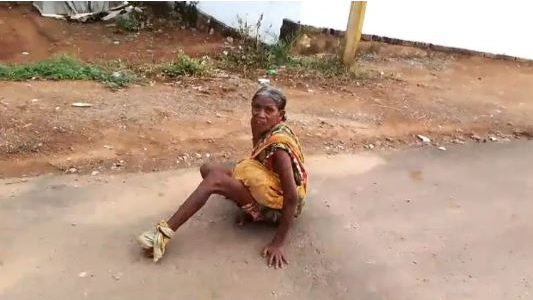Bancassurance – A SWOT Analysis for Banks (Part I)
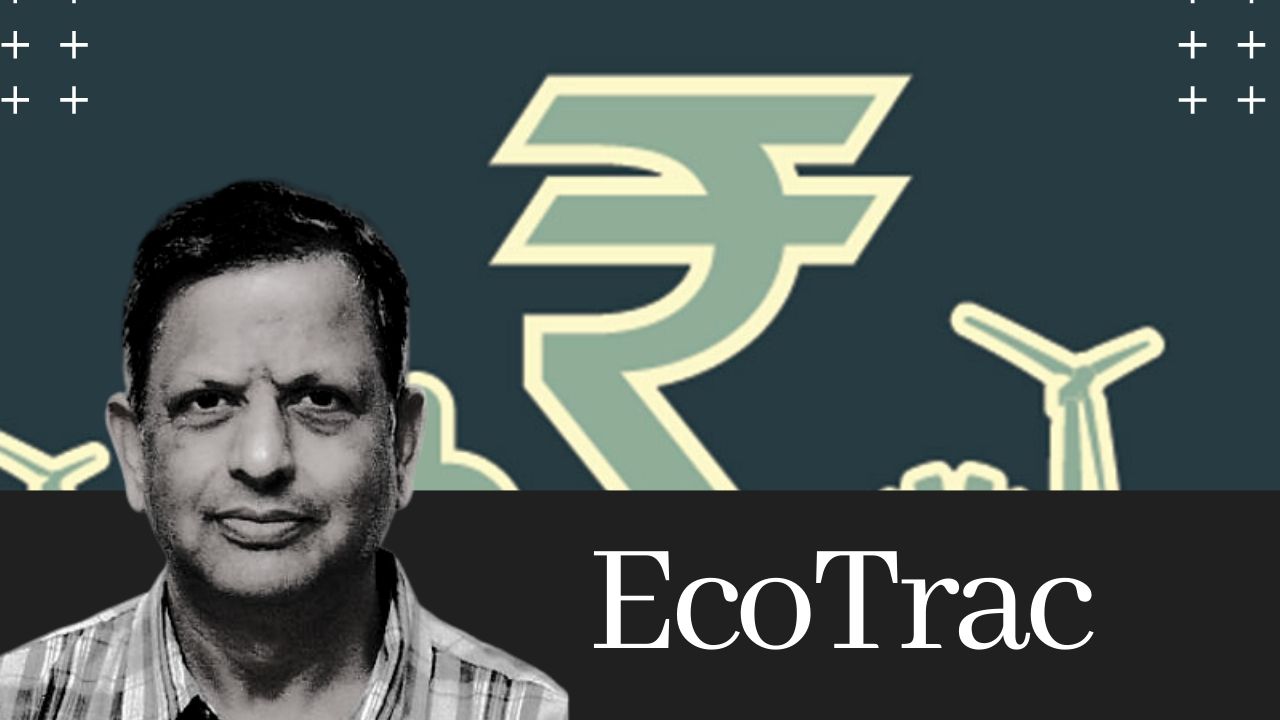
Today, we focus on the prospects of bancassurance in India from the viewpoint of banks. For this purpose, we have adopted the SWOT (S – Strengths, W – Weaknesses, O – Opportunities and T – Threats) framework. Dr Manas R Das Bancassurance, a French term, denotes using banking channels to sell insurance products. Bancassurance is a manifestation of the convergence process in the financial services industry. Bancassurance helps all its stakeholders - the insurer, the bank and the customer. In India, the Insurance Regulatory and Development Authority (IRDA) came into existence in 2000, and the Government of India Notification (Banking Regulation Act) dated August 3, 2000, allowed bancassurance. While the IRDA Notification of 2002 paved the way for banks as Corporate Agents, RBI regulations allowed banks to participate as Corporate Agency with “No Risk Participation” or joint ventures with “Risk Participation”. The IRDA models of bancassurance are (a) Pure Distribution (without risk participation), (b) Referral - Database Sharing, (c) Corporate Agency (d) One Insurer. By 2005, bancassurance had established as a major channel of distribution for insurance products. According to our estimates, during 2019-20, 32 banks earned over Rs.236 crore on an average from sale of bancassurance products reflecting an exponential trend growth rate of nearly 17% during 2010-11 to 2019-20. Life insurance was the main bread earner. The footprint of general insurance products was very thin due to their complexity and competition, mainly, from the four established public sector general insurance players. Today, we focus on the prospects of bancassurance in India from the viewpoint of banks. For this purpose, we have adopted the SWOT (S – Strengths, W – Weaknesses, O – Opportunities and T – Threats) framework. This will be done in two parts: Part 1 , i.e., today, we will discuss the ‘Strengths’ and ‘Weaknesses’. Part 2 on the next Saturday will focus on ‘Opportunities’ and ‘Threats’ Strengths wp:list From the viewpoint of bancassurance, the biggest strength of the Indian banks is their vast network of branches (all computerized) spread in the nook and corner of the country. Bank branches which represent faith and goodwill of bank customers would constitute readymade points of sale for bancassurance products.Bank branches are repositories of huge databases relating to their customers, i.e., banks do not have to start from the time-consuming, costly and painful process of building profiles of the population in their area of operation to market bancassurance products. This is a tremendous strength for banks.Next to the physical network, banks, at all levels, have highly committed and skilled professionals, who, through their experience, know the pulse of the Indian savings community. With appropriate motivation, training and compensation, they can be deployed for bancassurance activities.Banks have acquired tremendous expertise in treasury management. This will help bancassurers in investing funds mobilized through insurance business in long-dated securities, as the expansion in insurance creates a demand for such papers, especially government securities. /wp:list Weaknesses wp:list Banks world over as well as in India are going through rough weathers following Covid-19-induced slowdown. In addition, the strength of many Indian banks has been traditionally hampered, inter alia, by high NPA levels, massive provisioning requirements, capital inadequacies, financial irregularities and accounting problems. These weaknesses may be a hurdle for many banks venturing into bancassurance.The vast network of branches, as referred to above, is considered as ‘burdensome’ by many banks. Hence, banks are cautious about their branch expansion. This may weaken the distribution system for bancassuranceproducts.Insurance is a “push” business. In a competitive environment, it presupposes certain service standards, especially for selling products to up-market customers. The ambience of the points of sales is one of the important service standards, and most bank branches lack this.The utility of customer databases is limited by the extent to which these are complete, recent, computerized and amenable to market research. Besides, many banks lack wherewithal to engage in required market research. /wp:list (to be continued…) About the Author: Dr. Manas R. Das is a former senior economist of State Bank of India. He has over 30 years of experience as an economist in two large commercial banks. Academically, he is a gold medalist in Bachelor of Arts with Economics Honours from Utkal University, followed by Master’s in Economics from Delhi School of Economics and Doctorate in Economics from Gokhale Institute of Politics and Economics. He is also a Certified Associate of Indian Institute of Bankers. He has won several awards, besides being a prolific writer.
Latest News
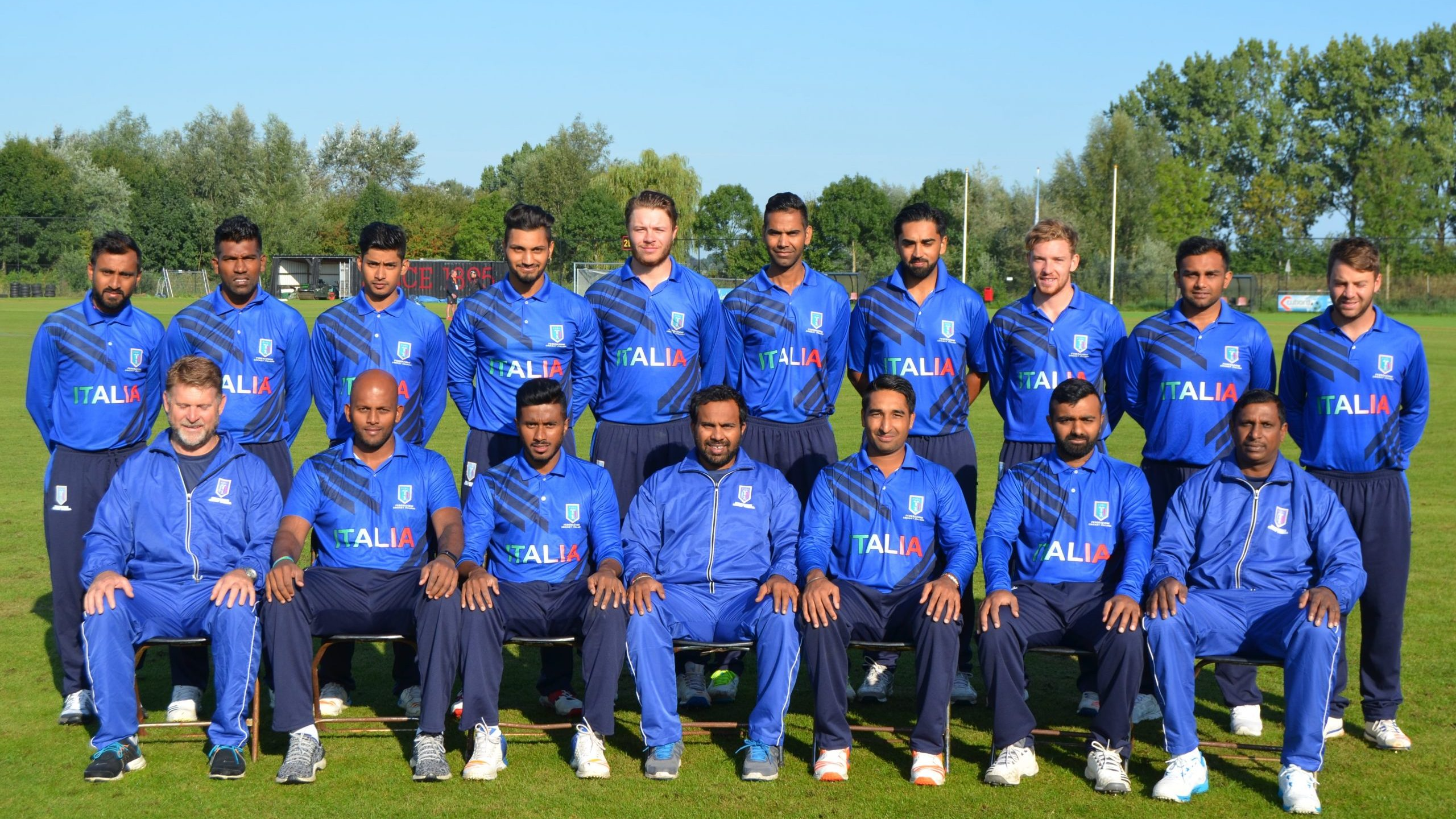
Italy Cricket Team Makes History, Securing Fir...
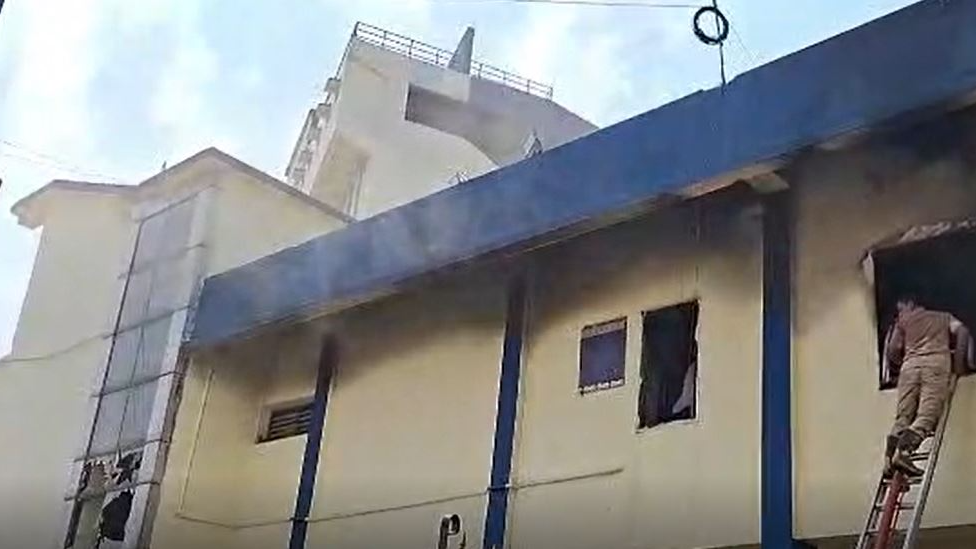
Fire breaks out at Odisha Cricket Association...

Majhi meets PM Modi, discusses strategies for...

Apple Accelerates China Exit Strategy as Foxco...
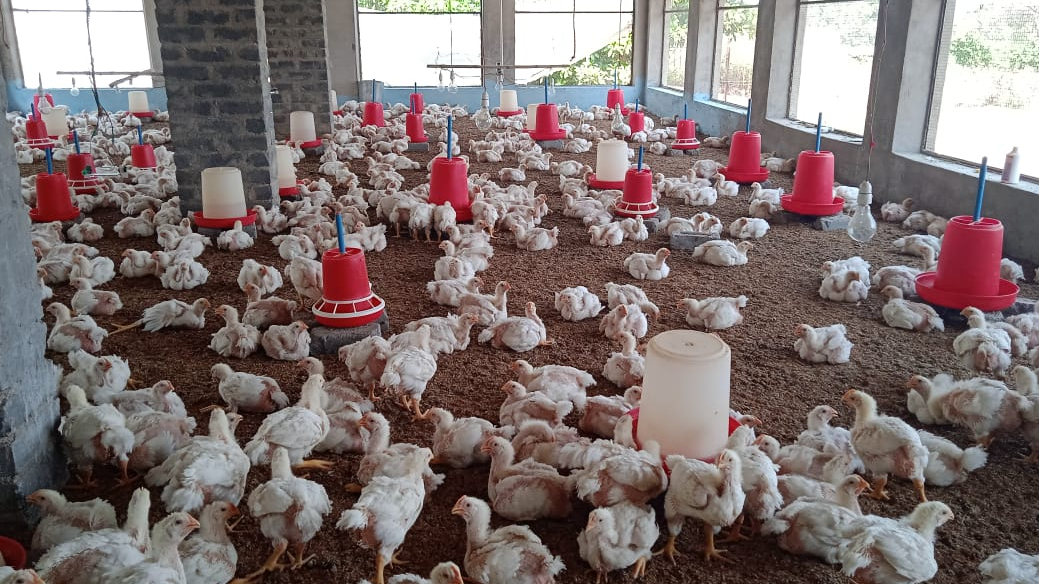
Bird Flu resurfaces in Delanga: Mass poultry d...
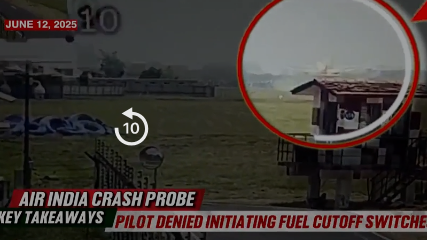
Air India Flight 171: Expert Suggests Pilot Su...

Air India Flight 171 Crash: Second-by-Second T...
Copyright © 2024 - Summa Real Media Private Limited. All Rights Reserved.









